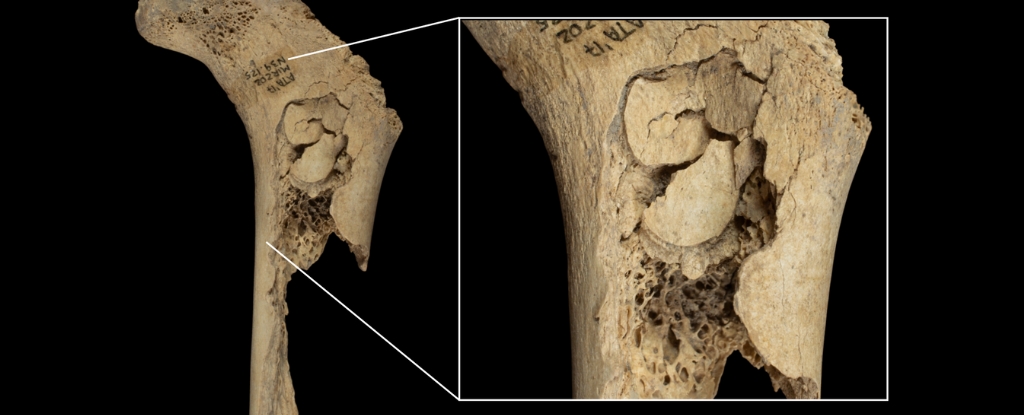
Archaeologists have uncovered shocking evidence of cannibalistic practices among humans on the Iberian Peninsula during the late Neolithic period. Findings from the El Mirador cave in Sierra de Atapuerca, Spain, indicate that at least 11 individuals, including children and adolescents, were subjected to a horrific act of social violence approximately 5,709–5,573 years ago. The marks on their bones reveal they were skinned, defleshed, disarticulated, and cooked, suggesting a grim communal event rather than habitual cannibalism.
The research team, led by paleoecologist Palmira Saladié from the Catalan Institute of Human Paleoecology and Social Evolution (IPHES), asserts that the evidence points to a singular, potentially isolated incident of cannibalism. Saladié stated, “In this study, we are dealing with a new case of cannibalism at the Atapuerca sites.” She emphasized the complexity of interpreting such behavior, as societal biases often view cannibalism as barbaric.
The discovery at El Mirador adds to a growing body of evidence documenting cannibalism throughout ancient European history. The reasons for such practices varied, encompassing survival needs and cultural rituals aimed at integrating the deceased into the living community. The researchers identified 650 individual fragments of human bones that exhibited signs of processing after death, including cut marks consistent with defleshing and alterations linked to cooking methods.
Analysis of the remains revealed additional details. Signs of ‘pot-polishing’—the smoothing of bone ends from cooking—were prevalent, alongside discoloration from cremation. Notably, some bones displayed gnaw marks indicative of human teeth. Radiocarbon dating suggested that all the individuals who were consumed died around the same time, indicating a coordinated event rather than sporadic acts of violence.
According to Francesc Marginedas, an evolutionary anthropologist at IPHES, the evidence strongly suggests that this act was not a funerary tradition or a reaction to famine. Instead, it points to a violent episode possibly linked to conflict among neighboring farming communities. Marginedas remarked, “The evidence points to a violent episode, given how quickly it all took place.”
The implications of this research extend into broader contexts of human behavior. Antonio Rodríguez-Hidalgo, an archaeozoologist at IPHES, noted that inter-group violence is a recurring theme in human history. He stated, “Conflict and the development of strategies to manage and prevent it are part of human nature.”
The findings indicate that cannibalism may have served as an extreme measure within a landscape of violence driven by territorial disputes, competition for resources, and increasing population pressure as communities expanded into the region. Saladié highlighted the significance of El Mirador in understanding prehistoric cannibalism and its potential cultural interpretations.
This research has been published in Scientific Reports, contributing valuable insights into the complexity of human social behaviors and the darker aspects of our ancient past. The evidence from El Mirador not only uncovers a chilling chapter in human history but also prompts a reconsideration of the societal dynamics that may have led to such extreme actions.





